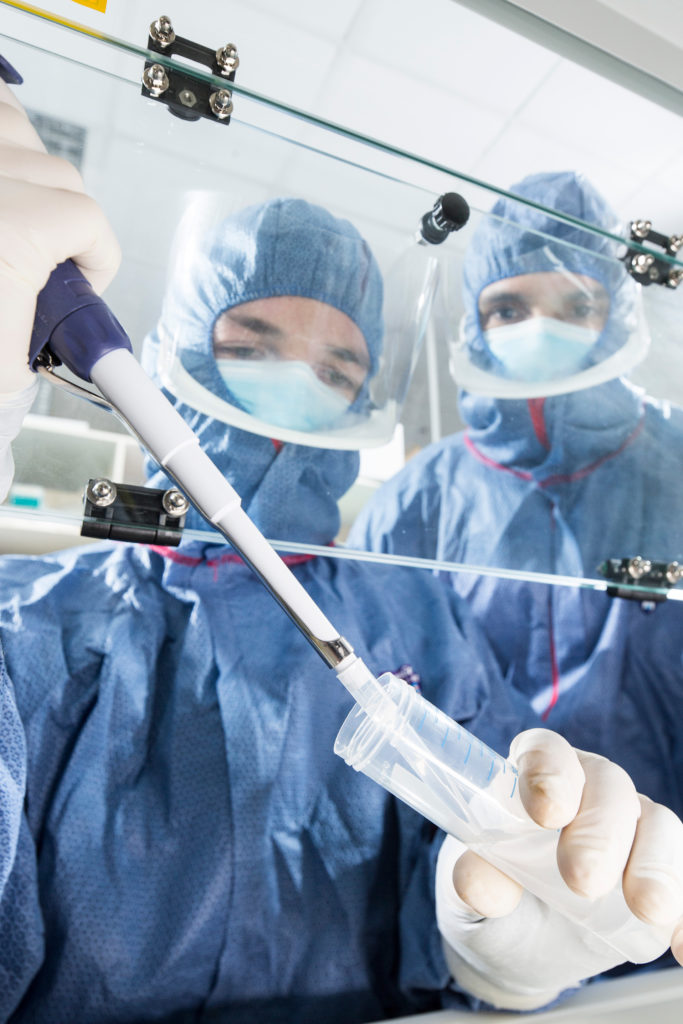Reading Bones, Reading Genomes
Photograph | Hidden Lives: a story of discovery
Our bones, individually or as a complete skeleton, can reveal much about us; from where we have come from to the sort of life that we have led. Bones can be analysed in different ways and are important for studying the past because they reliably survive in the ground for thousands of years. Osteology is the study of bones, and osteologists use their expertise to determine the sex of a skeleton and whether an individual had any diseases or health conditions that have left traces or changes in the bones. If there is damage to the bone they can sometimes tell if the individual had suffered a trauma or broken a limb, and whether it had healed.
Bones and teeth are living tissues in our bodies, growing and repairing themselves, and so they contain cells with DNA in them. In the right conditions this DNA can remain for a very long time. Scientists extracted DNA from the teeth of ten skeletons from the campus and other Cambridgeshire sites at Oakington. This DNA was used to study the origins of people in the region in the Iron Age and Anglo-Saxon periods.
Other research has analysed DNA extracted from the remains of extinct human species. This helps us to understand human evolution and the differences with our own species, Homo sapiens. In 2010 a fragment of finger bone dating from about 41,000 years ago was found in a Siberian cave. Analysis of DNA extracted from this bone revealed that it was in fact a previously unknown extinct species of human, Denisovans. This identification would not have been possible from examining the bone alone.
